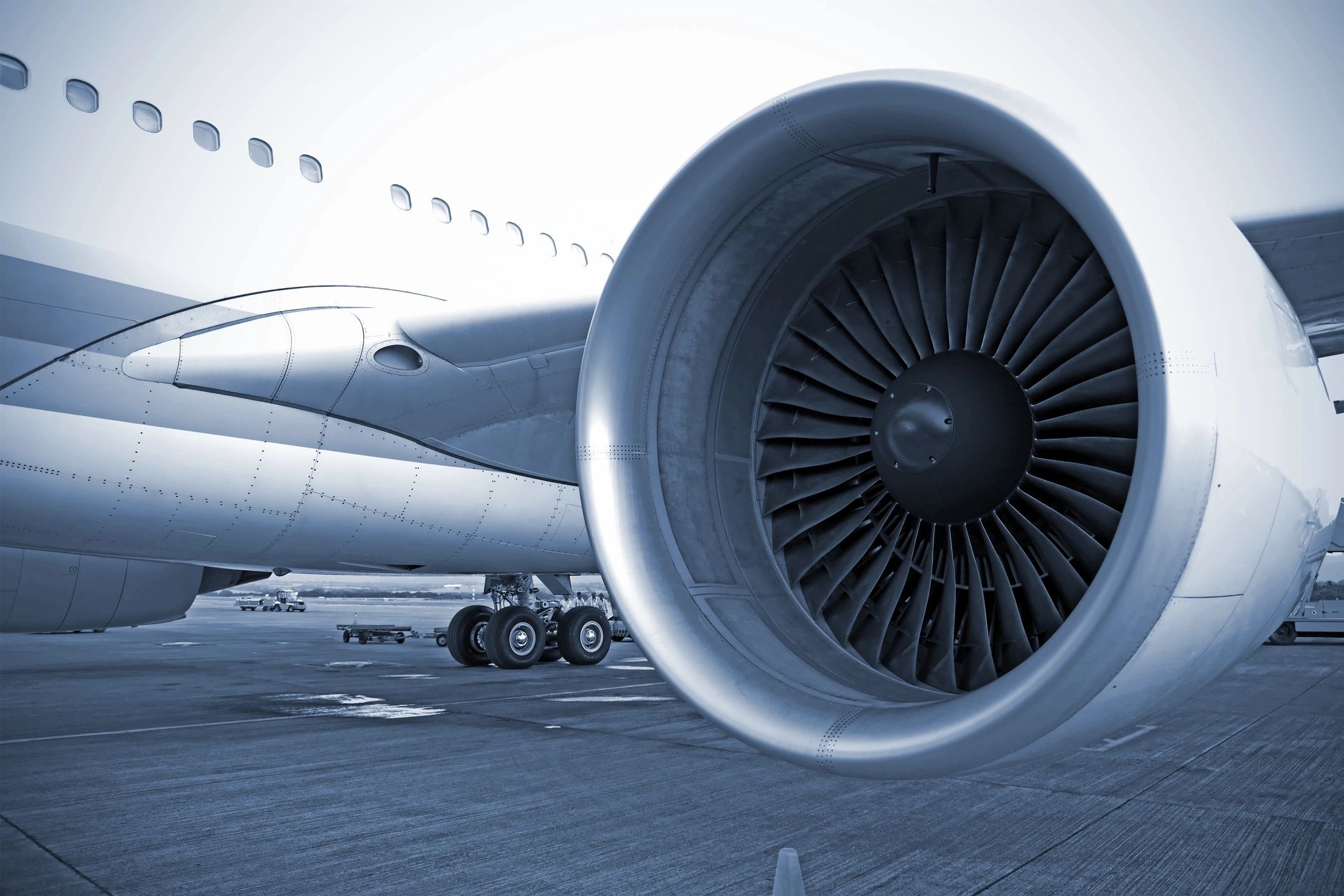A woman from Toronto wants air travel to be easier for everyone after she had to be carried off an Air Canada plane in a broken aisle chair, which she says was not safe or respectful.
Tori Lacey, who is 26 years old, shared what happened on her TikTok and Instagram pages. She usually talks about her travels as someone who uses a wheelchair.
Her video got millions of views after she posted it on May 18, which is Global Accessibility Awareness Day. It got people talking about the challenges people with disabilities face when they travel.
Earlier this month, Lacey and her family flew from Toronto to Costa Rica for vacation. They booked the flight months ago through Air Canada’s medical desk, which helps passengers with special needs.
Lacey has a condition called spinal muscular atrophy, which means she needs a customized wheelchair to move around. Since regular airplanes can’t fit her wheelchair, she has to get out of it to fly.
Lacey asked for a jet bridge, which is a safe way for her to get off the plane. But it wasn’t available when the Air Canada Rouge flight landed.
Even though the airport had a jet bridge, Lacey explains that passengers on the Air Canada Rouge flight had to use a portable staircase to get off.
This meant that airport staff had to carry her down the stairs in an aisle chair, which is made to fit through the narrow aisles of airplanes.
However, according to Lacey, the chair was in bad shape. It didn’t have armrests, the safety straps were broken, and the wheels were faulty.
“The whole time I was falling to the left,” she says.
Her father attempted to use pillows to support her in the chair and also tried to steady her while three airport employees carried her down the steep stairs. However, Lacey’s discomfort and distress are clearly visible in the video shared online.
“The whole experience felt incredibly unsafe, not only for myself but also for the workers who had to carry me off the plane,” Lacey expresses. “It seemed like they hadn’t dealt with this situation before. They didn’t seem to know what the proper procedure was.”
Lacey acknowledges that the workers did their best under the circumstances. “But it was extremely unsafe, and I was genuinely terrified,” she adds.
@torihunter.blog It’s Global Accessibility Awareness Day, so it seems like a fitting day to share what happened on my flight to Costa Rica last week. This is me, being carried down a flight of stairs in a broken aisle chair — no armrests, straps that wouldn’t tighten enough to keep my body in, and front wheels that were busted off. You can see from my face how distraught and absolutely terrified I was. The individuals that were sent to help me disembark this plane likely had very little training on how to do so; they kept having to place the chair down from not having the correct grip, and they were holding the chair completely sideways (hence my dad trying his best to hold my head so it didn’t completely fall over). We didn’t speak the same language so they continued along without understanding my repeated “no’s”. Never in my life have I felt so out of control and so disconnected from my body. I was never informed that this would be how I would have to disembark the plane, and it never crossed my mind given that this airport DOES use jet bridges. In fact, all of the other planes around us were pulled up to them. I love sharing my travels as a wheelchair user because I truly believe that there is so much in this world is accessible and I want to inspire people to experience that. But, this is one of those instances where traveling with a disability is, unfortunately, not so glamorous. It’s 2024, disabled people deserve a more dignified and safe way to fly. #rightsonflights @Air Canada



